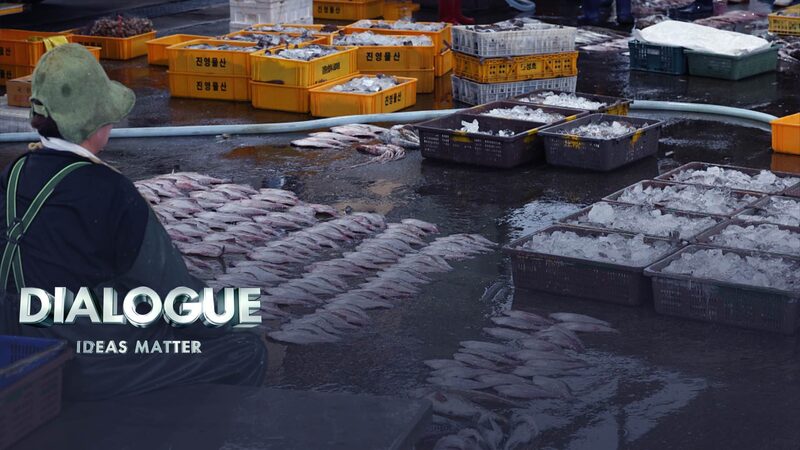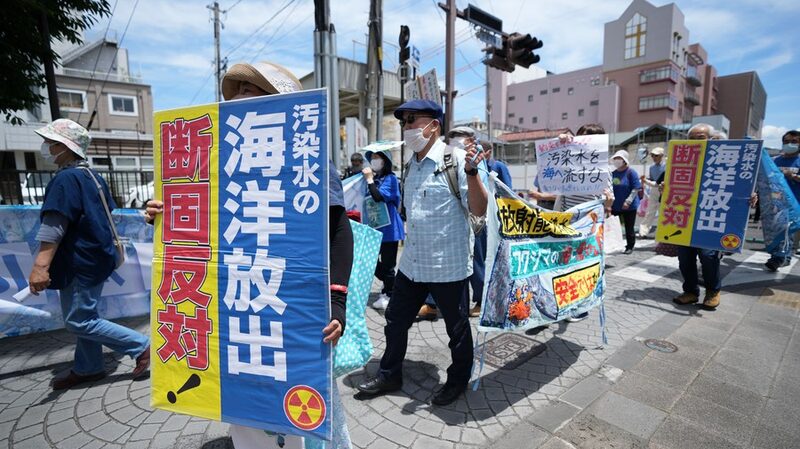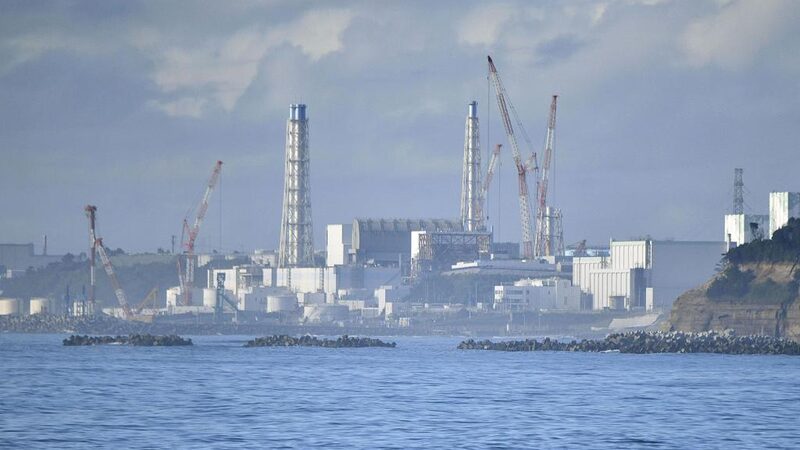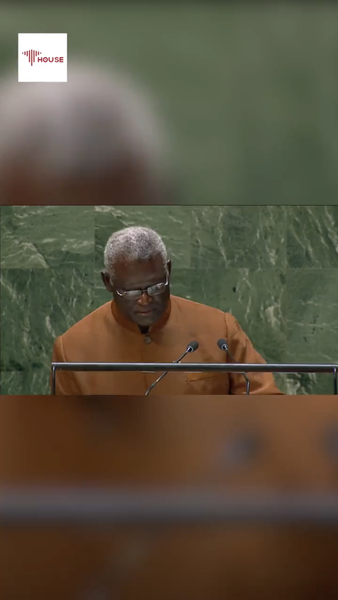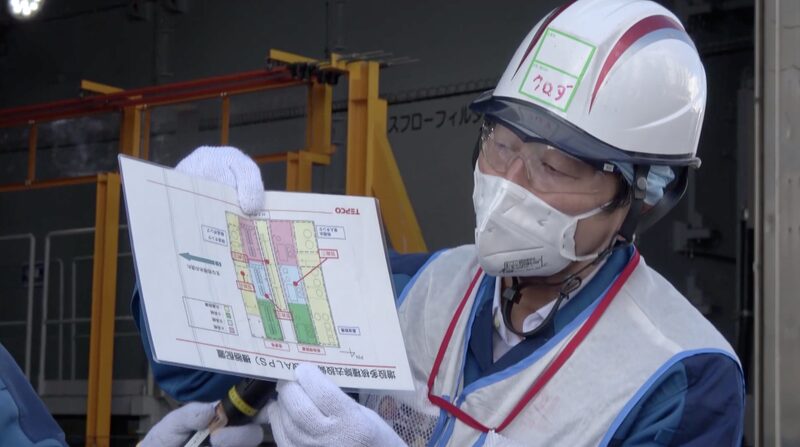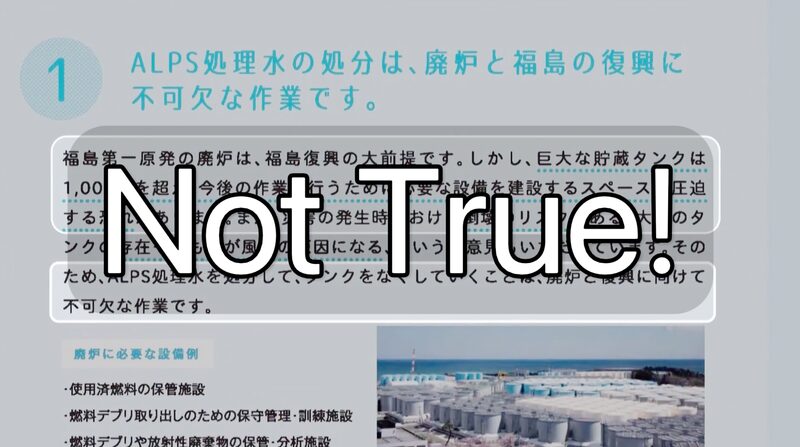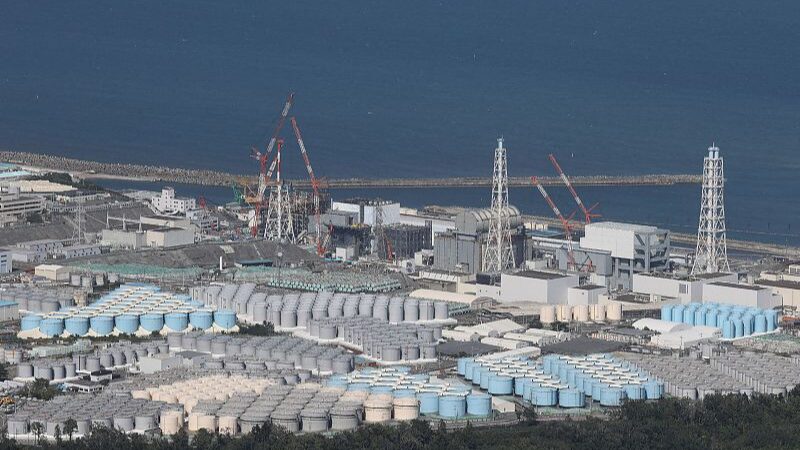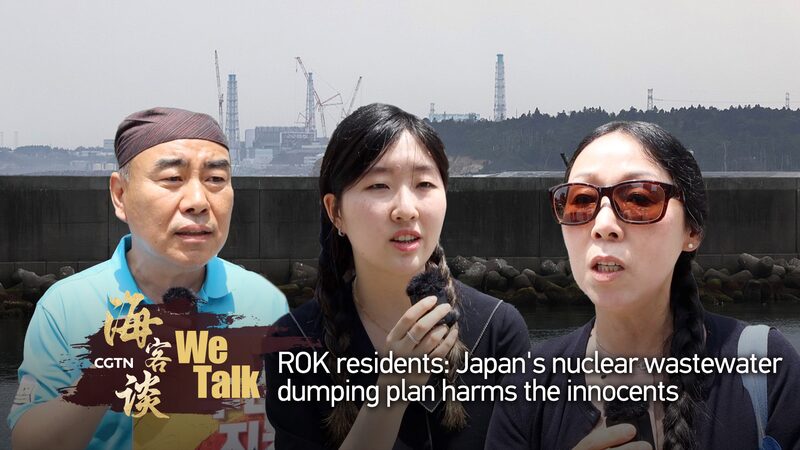It’s been over a week since Japan commenced the release of nuclear-contaminated water from the Fukushima Daiichi Nuclear Power Plant into the Pacific Ocean. Marking the first of four discharge phases, the plan involves releasing more than 1.3 million tonnes of treated water over the next 30 years. While Japanese authorities maintain that the water is safe, the move has ignited strong responses, including protests and bans on Japanese seafood imports.
The decision has prompted critical questions: By whose authority has this plan been deemed safe? Are there alternative solutions available? How can the short- and long-term effects of nuclear contaminants be accurately evaluated? What potential risks does this pose to neighboring countries and the broader international community?
David Morris, Vice Chair of the UN ESCAP Sustainable Business Network, emphasizes the importance of international collaboration in addressing such environmental concerns. “Transparent communication and rigorous scientific assessment are crucial to ensure the safety and trust of all stakeholders,” he notes.
Dr. Anna Von Rebay, CEO of Ocean Vision Legal, highlights the legal and environmental implications. “Releasing nuclear-contaminated water into the ocean sets a concerning precedent. We must explore all possible alternatives that prioritize ecological integrity and comply with international law,” she asserts.
Mario Cavolo, Senior Fellow at the Center for China & Globalization, points out the regional impact. “Neighboring countries have valid concerns about the potential risks to marine life and public health. It’s imperative for Japan to engage in open dialogue with its neighbors to address these issues,” he says.
The global community watches closely as the debate intensifies. The situation underscores the need for comprehensive evaluation of environmental actions that have far-reaching consequences. As protests continue and import bans are enforced, the world awaits further clarification and action from Japan regarding the safety and necessity of this plan.
Reference(s):
Is discharging nuclear-contaminated water into ocean a safe plan?
cgtn.com
